http://www.local8now.com/content/news/New-guidelines-outline-how-to-treat-back-pain-414637613.html
KNOXVILLE, Tenn. (WVLT) – New guidelines from the American College of Physicians say the first line of therapy for back pain should be non-drug treatments.
Jay Dee Clayton finds peace from his pain through yoga.
“Whenever I start to feel a little twinge, I pull my knee out and stretch the area that’s giving me a problem and it dissipates. It goes away,” he said.
But, yoga wasn’t the first place he looked for relief.
“I took medication immediately after the surgery and I didn’t like feeling like my head was on a balloon string, so I looked for alternative methods of just managing through it,” he said.
Several months ago, Cecelia Aurand also went looking for relief.

“I’ve had spinal stenosis and back pain for quite a while,” she said.
She, too, first tried the prescription route.
“It didn’t really help. After I had the surgery it did help for a time but it didn’t last,” she said.
So, she turned to acupuncture where she says she saw immediate results.
“Within three sessions, I was walking normal again. It was amazing,” she said.
“Many people are able to reduce or completely discontinue the use of pharmaceuticals to manage pain because of acupuncture,” said Dr. Will Foster, an acupuncturist at Traditional Health Clinic.
The fact that both Clayton and Aurand were able to find relief outside of pain pills doesn’t surprise Dr. Samuel Yoakum.
“There are certain types of pain that pills treat really well. They don’t treat chronic back pain well,” he said.
New guidelines from the American College of Physicians back this up.
The guidelines say the first line of therapy for back pain should be non-drug treatments. For pain lasting less than three months, those include heat wraps, massage, acupuncture and spinal manipulation. The authors stress that clinicians should avoid costly and potentially harmful treatments like narcotics.
For pain lasting more than three months, treatments include stretching and strengthening exercises, tai chi, yoga, acupuncture, and mindfulness techniques like meditation to relieve stress.
If those fail, anti-inflammatories such as ibuprofen should be considered first, then medications that can dull nerve pain, like tramadol or duloxetine.
“Be as active as possible. That’s what we take from these guidelines more than anything else,” said Dr. Yoakum.
Not all insurances cover alternate therapies. It’s important to consult with your physician or a specialist to diagnose what type of back pain you have and what treatment plan would be best.
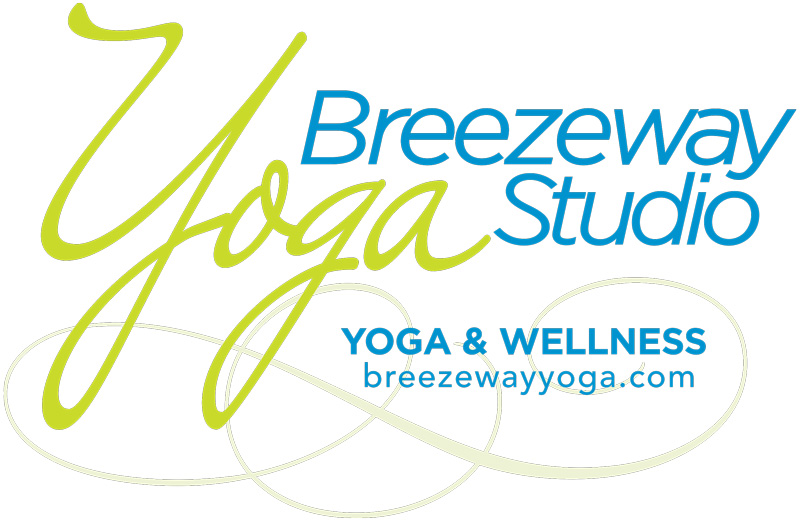
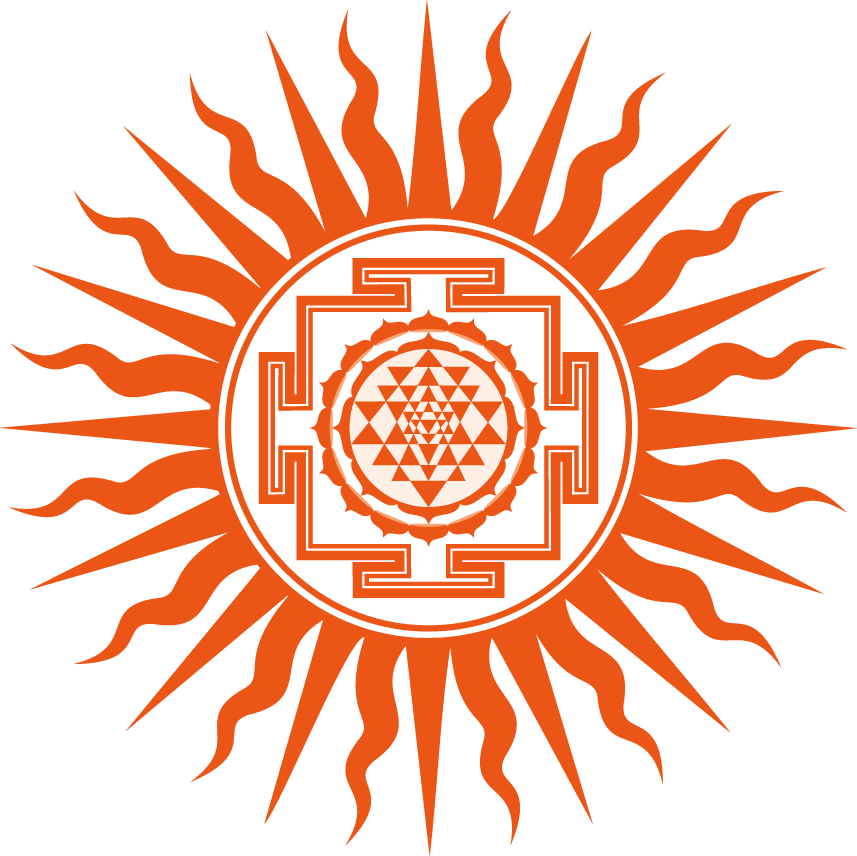
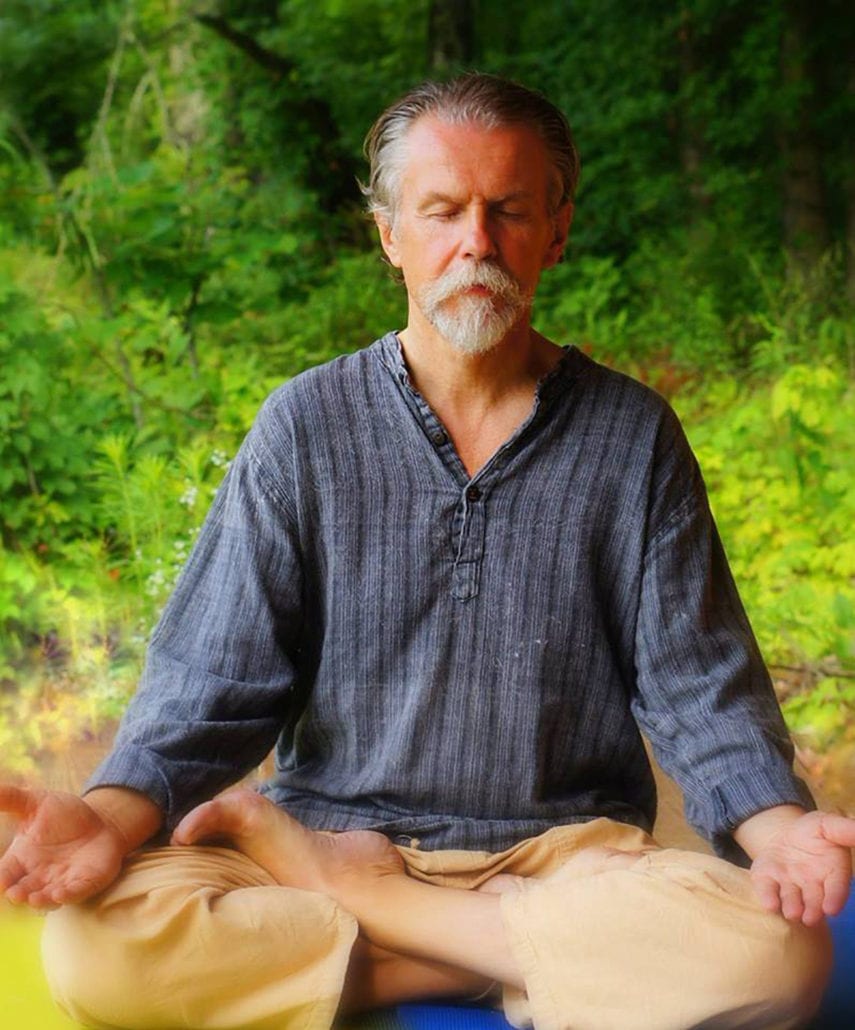
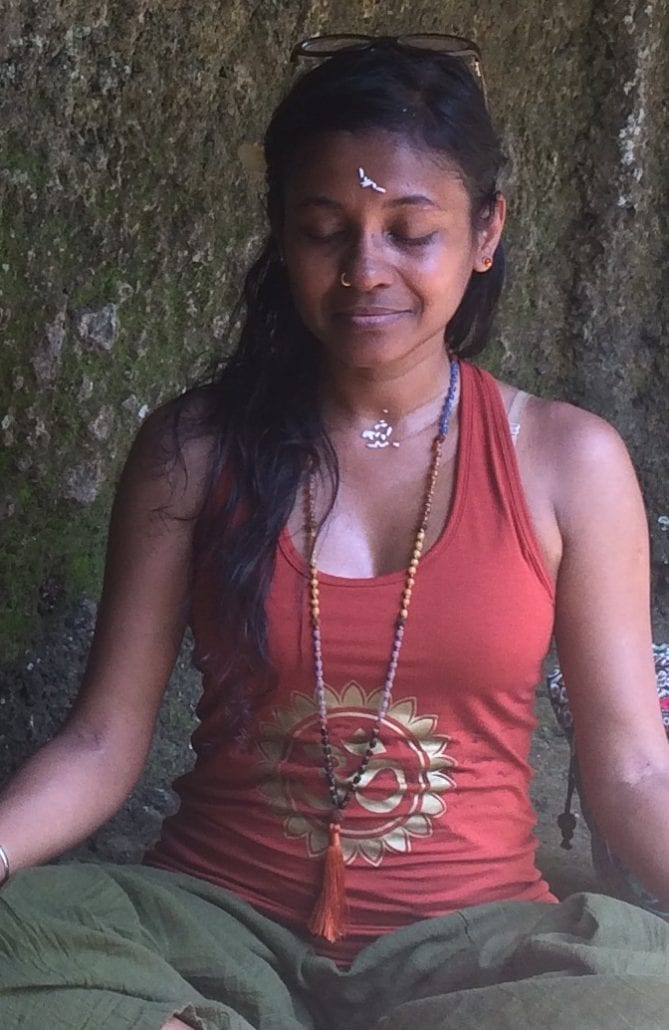

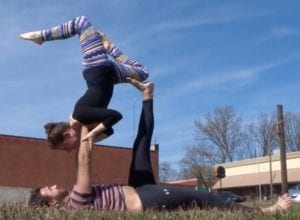
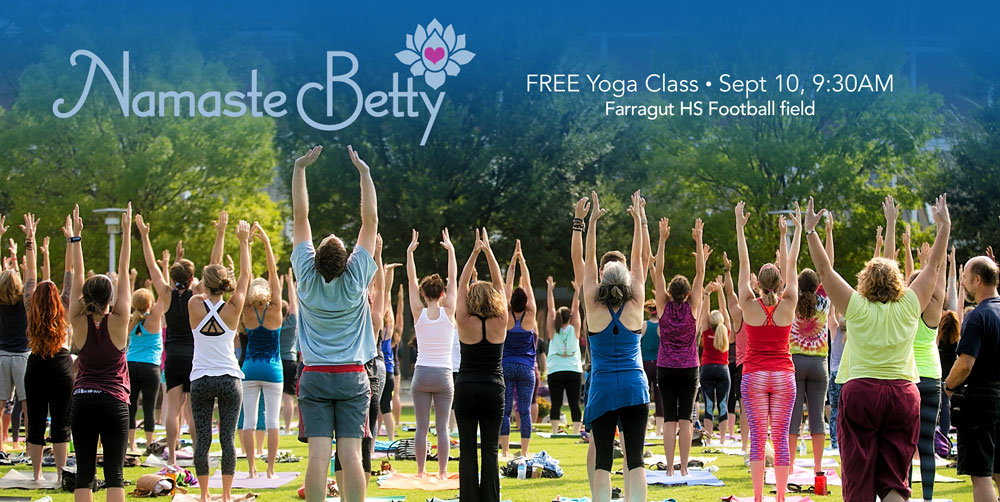

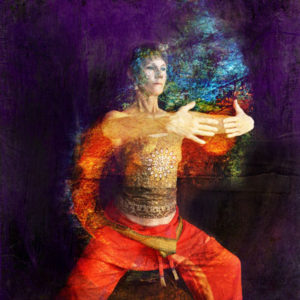
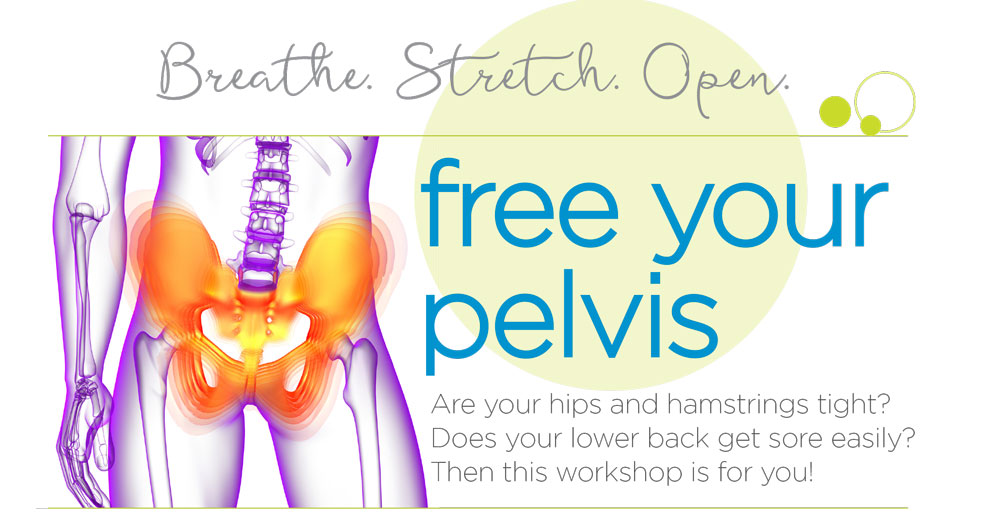
 Sunday, Oct. 16 • 1-3:30PM
Sunday, Oct. 16 • 1-3:30PM
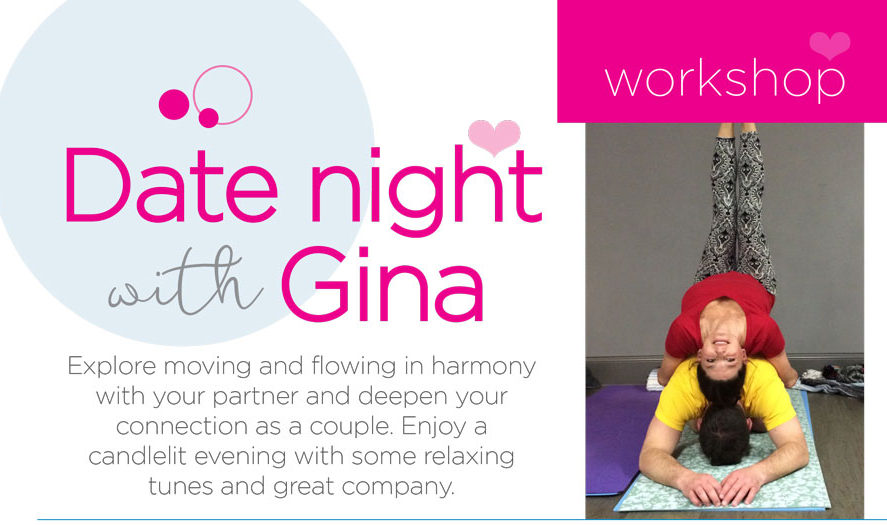


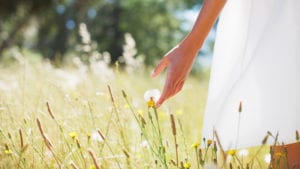
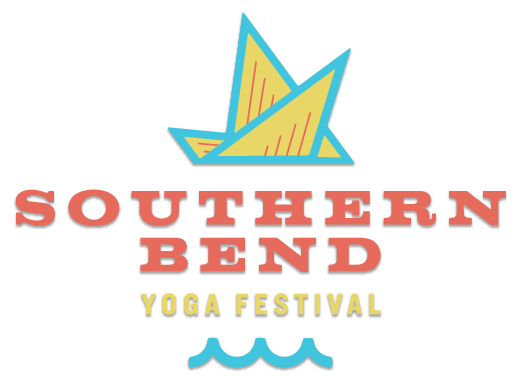

 Southern Bend Is happy to Benefit the Children’s Organ Transplant Association by donating 10% of all sales to this cause. The Children’s Organ Transplant Association (COTA) helps U.S. transplant families avoid financial ruin. Transplant procedure costs range from $100,000 to more than $800,000. Once the transplant is complete, families face significant transplant-related expenses, including medication; transportation to and from the center; lodging; and expenses while parents are out of work and often living with the hospitalized child far from home. These out-of-pocket expenses add up to tens of thousands of dollars annually for transplant families with lifetime totals exceeding $1,000,000. In cases where a shortfall exists, COTA helps bridge the financial gap.
Southern Bend Is happy to Benefit the Children’s Organ Transplant Association by donating 10% of all sales to this cause. The Children’s Organ Transplant Association (COTA) helps U.S. transplant families avoid financial ruin. Transplant procedure costs range from $100,000 to more than $800,000. Once the transplant is complete, families face significant transplant-related expenses, including medication; transportation to and from the center; lodging; and expenses while parents are out of work and often living with the hospitalized child far from home. These out-of-pocket expenses add up to tens of thousands of dollars annually for transplant families with lifetime totals exceeding $1,000,000. In cases where a shortfall exists, COTA helps bridge the financial gap.